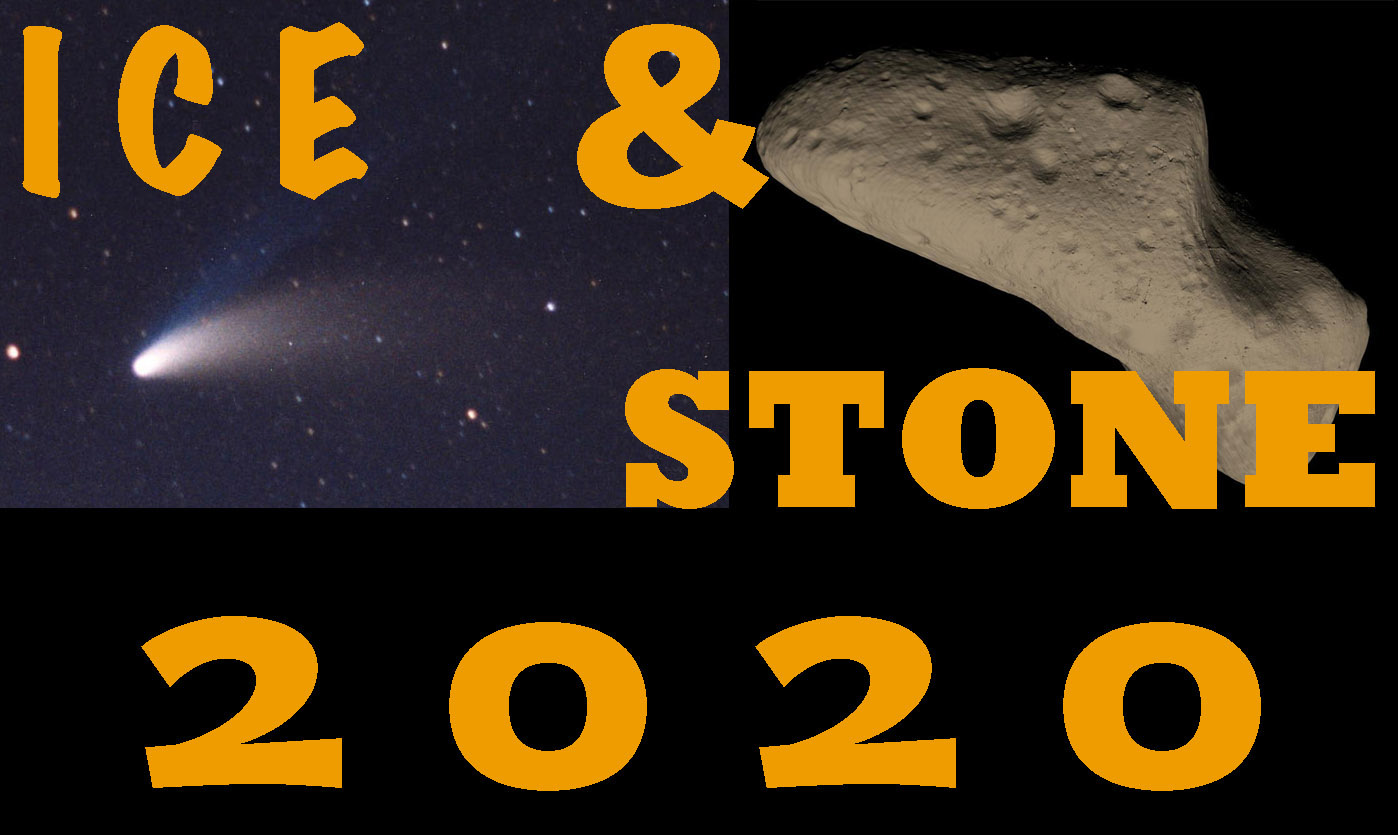
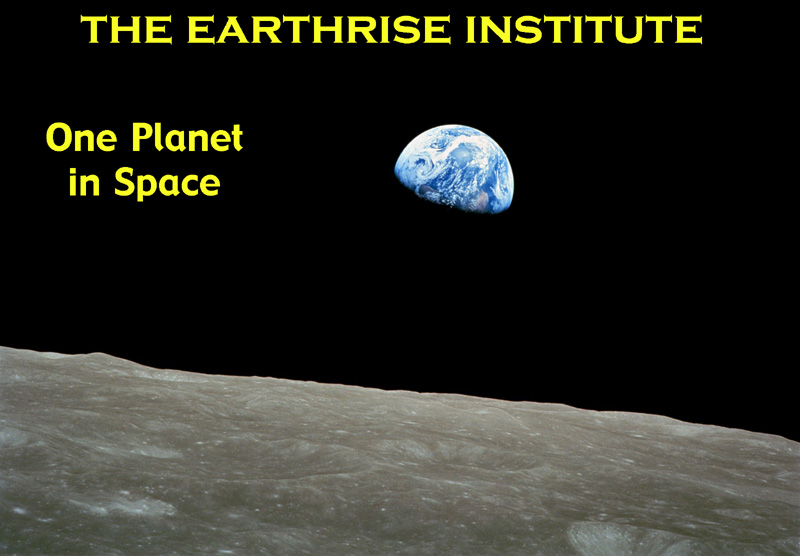
WEEK 18: APRIL 26 -- MAY 2
TOPIC: METEORITES
For an object to survive its passage through the atmosphere and reach the surface as a meteorite, it must have been somewhat large, and at least somewhat dense, to begin with. (Dust grains from comets clearly would not survive this passage, but some may remain in the upper atmosphere; this is discussed in a future “Special Topics” presentation.) Meteorites have been known, and at times venerated, by many ancient cultures, although the idea of their extraterrestrial origin is a somewhat recent development. One of the earliest suggestions that meteorites might come from the sky seems to have been made by the Greek philosopher Diogenes of Apollonia in the 5th Century B.C., although the view promulgated by Aristotle a century later that these objects were terrestrial in origin became the dominant thought.
By about the beginning of the 19th Century this was still the dominant idea, with meteorites generally considered as being volcanic in origin, but thoughts were beginning to shift. In 1794 a German physicist, Ernst Chladni, published a book wherein he argued for an extraterrestrial origin of meteorites, and this was widely criticized for the most part, although a meteorite fall the following year in Yorkshire, England did start to change some thoughts. The story is often told that, following a meteorite fall near Weston, Connecticut in December 1807 that was examined by two scientists from Yale University (Benjamin Silliman and James Kingsley), then-U.S. President Thomas Jefferson – widely considered as a very intelligent man and ahead of his time – upon hearing about this, remarked “that it was easier to believe that two Yankee professors could lie than to admit than stones could fall from heaven.” This appears, however, to be what would now be considered an “urban legend,” although he apparently did express skepticism as to how the “stone” could have gotten into the clouds in the first place. (It should perhaps be kept in mind that the first asteroids had only been discovered within the previous few years.)
Since that time the study and analysis of meteorites has become a full-fledged scientific discipline, formally called “meteoritics.” Well over a thousand meteorites have been found following observed meteors, and over 50,000 previously-fallen meteorites have been identified; some of the more notable of these are discussed in future “Special Topics” presentations.
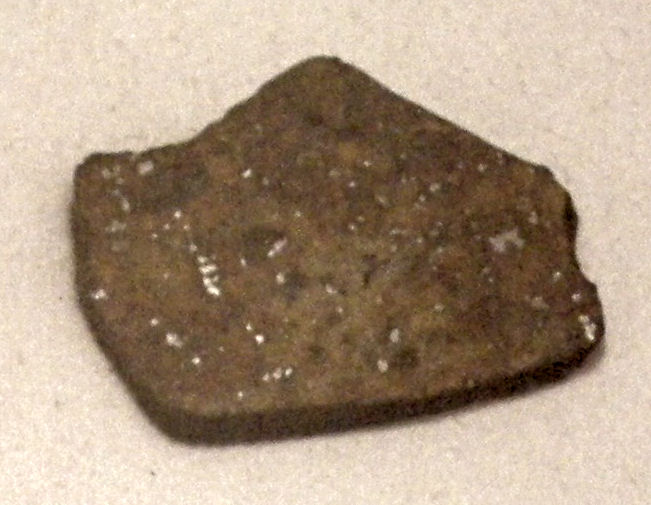
Just like the asteroids that, in some manner or other, produced them, meteorites come in a variety of types. Over the decades a rather detailed taxonomic system of classifying meteorites has been developed based upon composition and even extending to isotopic ratios, but in general there are three broad categories of meteorites. The overwhelming majority of them – over 90%, in fact – are primarily composed of various silicates and are thus referred to as “stony” meteorites. Approximately 5% of meteorites are metallic in composition – primarily iron, with nickel and perhaps trace quantities of other metals – and are thus usually referred to as “iron” meteorites. The remainder are a hybrid between these two broad types and are usually called “stony-iron” meteorites.
The stony meteorites themselves come in a variety of types. Most of them contain small, roughly spherical particles called “chondrules” that are primarily made up of silicates that appear to have melted while in interplanetary space and then incorporated into the larger rocks. These meteorites, called “chondrites,” come in a variety of classifications depending upon their elemental and isotopic composition, and are believed to be among the oldest of the meteorites. One type of chondrite, the “carbonaceous chondrite” so called due to the presence of significant amounts of organic, or carbon-containing, substances, is of special interest in the study of Earth’s formation and natural history, and is the subject of its own future “Special Topics” presentation.
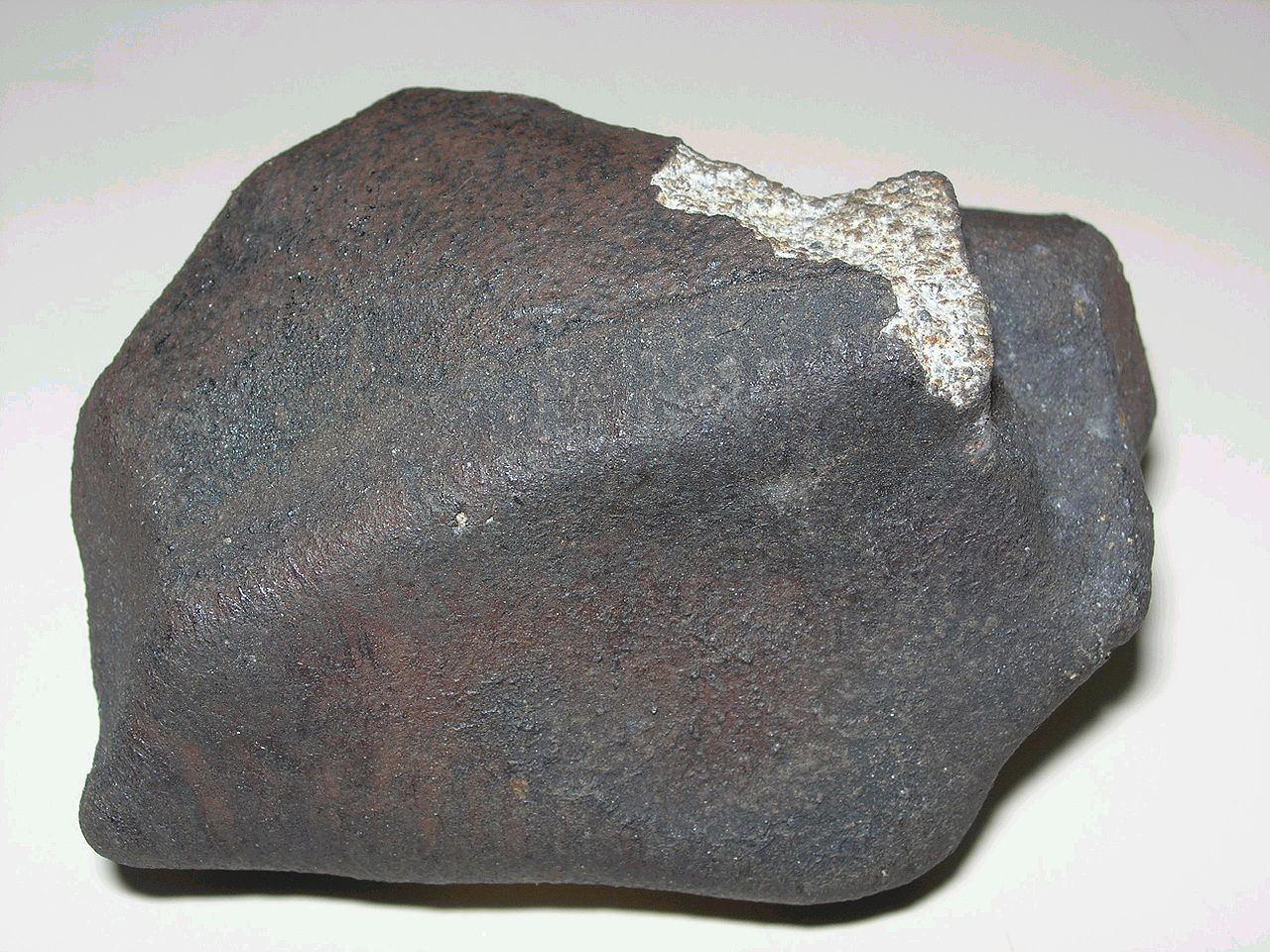
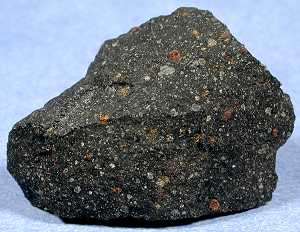
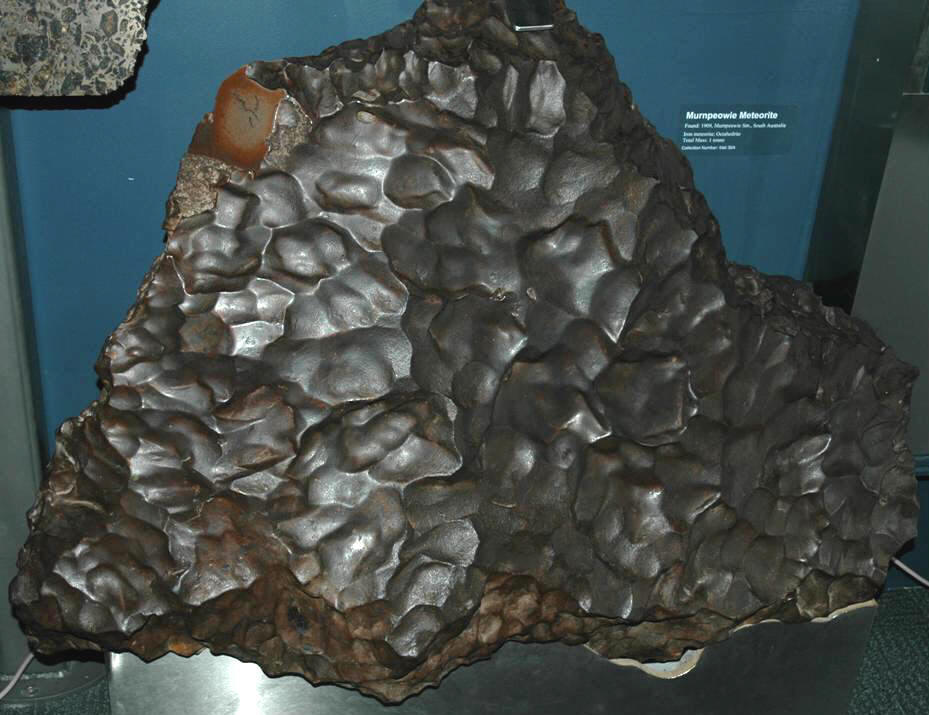 Various types of meteorites. Left: Chondrite. A fragment of the Marilia meteorite that fell in Brazil in 1971. Center: Carbonaceous chondrite. A fragment of the Murchison meteorite that fell in Victoria in 1969. Courtesy New England Meteoritical Services. Right: Iron meteorite. The Murnpeowie meteorite, discovered in the South Australian outback in 1909. Courtesy Basilicofresco, licensed under Creative Commons.
Various types of meteorites. Left: Chondrite. A fragment of the Marilia meteorite that fell in Brazil in 1971. Center: Carbonaceous chondrite. A fragment of the Murchison meteorite that fell in Victoria in 1969. Courtesy New England Meteoritical Services. Right: Iron meteorite. The Murnpeowie meteorite, discovered in the South Australian outback in 1909. Courtesy Basilicofresco, licensed under Creative Commons.
The remaining stony meteorites do not contain chondrules and thus are called “achondrites.” There are several varieties of these as well, and some of these are of special interest due to their apparent place of origin. Some of them have elemental and isotopic abundances very similar to those of rocks brought back from the moon by the Apollo astronauts, and thus appear to have come from the moon. (The first known example is the meteorite designated ALH A81005, discovered in the Allan Hills region of Antarctica in January 1982.) Several other achondrites have elemental and isotopic compositions similar to that of Mars’ atmosphere as has been measured by spacecraft on Mars’ surface, and thus appear to have come from that planet; the first known example of these (determined retroactively, of course) is the Chassigny meteorite that fell in France in October 1815. The best-known “Martian meteorite” is the one designated ALH 84001 (also found in the Allan Hills region of Antarctica) and it is discussed in its own future “Special Topics” presentation. For both the lunar and Martian meteorites, impacts on those bodies ejected some rocky debris with enough force that they were able to escape into interstellar space and into orbit around the sun, eventually to be swept up by Earth at some date possibly millions of years in the future.
Some of the other achondrites have elemental and/or isotopic abundances similar to those that have been spectroscopically determined for various asteroids, and it is accordingly believed that these asteroids are the “parent bodies” of these meteorites. Over a majority of achondrites, in fact, have abundances similar to those in the main-belt asteroid (4) Vesta, and thus these meteorites likely originated from Vesta. Images taken by the Dawn mission when it orbited Vesta between 2011 and 2012 have revealed two large impact craters – named Rheasilvia and Veneneia – near Vesta’s south pole, and the impact events that created those craters are believed to be what ultimately led to these meteorites. The process was likely not direct but instead involved the creation of what is called the “Vesta family” of asteroids (from which the meteorites eventually came); this is one of the “asteroid families” covered in a future “Special Topics” presentation.
One other group of “space rocks” that warrant mentioning are the “tektites.” These are small, “glassy” objects that were originally believed to be another type of meteorite. However, analysis has now shown that they are terrestrial in origin, being formed when local rocks and sediment are melted by the heat generated by an impacting meteorite and then deposited over “strewn fields” that may be many tens of km, perhaps even hundreds of km, from the impact site. Most tektites have been found in one of a handful of specific strewn fields and have been found to be associated with specific impact events. For a time there was a school of thought that proposed that at least some tektites might be lunar in origin, but this is not generally accepted today.
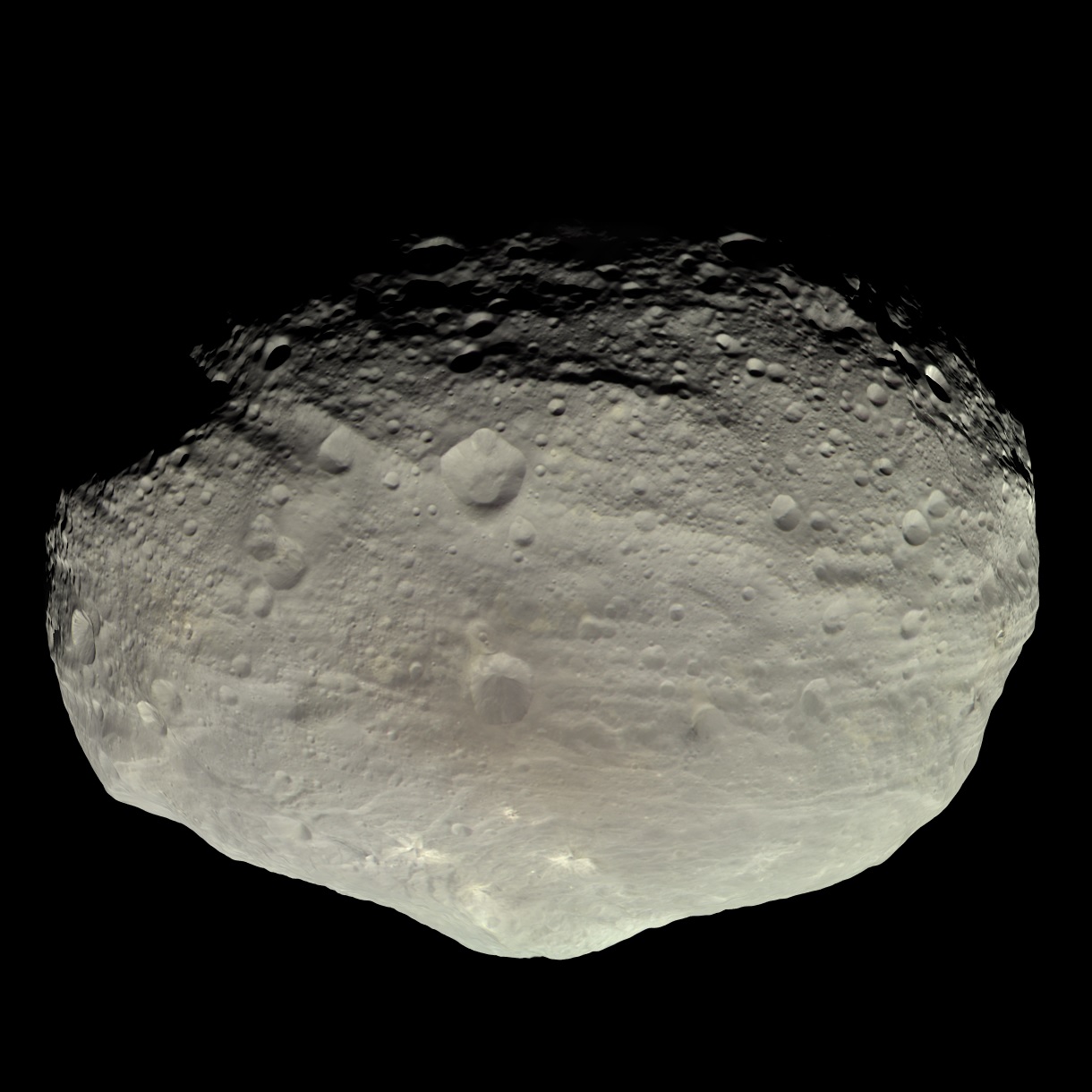
LEFT: The main-belt asteroid (4) Vesta as imaged by the Dawn spacecraft on July 24, 2011. The large protuberance near the south pole is the central peak of the Rheasilvia impact crater, which contributes to the overall misshapen appeareance. Image courtesy NASA. RIGHT: Two splash-formed tektites. Image courtesy Brocken Inaglory, licensed under Creative Commons.
Another form of meteorite dating, which can be applied to almost all the various types of meteorites, involves the radioactive isotope aluminum-26, which has a half-life of 717,000 years. In space this can be created by a steady bombardment of cosmic rays, and when a meteorite's parent body breaks up the resulting meteoroids are exposed to these cosmic rays which cause them to become saturated with aluminum-26. Once the meteorite falls to Earth, however, this process ceases, and the meteorite can then be dated radiometrically by the amount of aluminum-26 that remains.
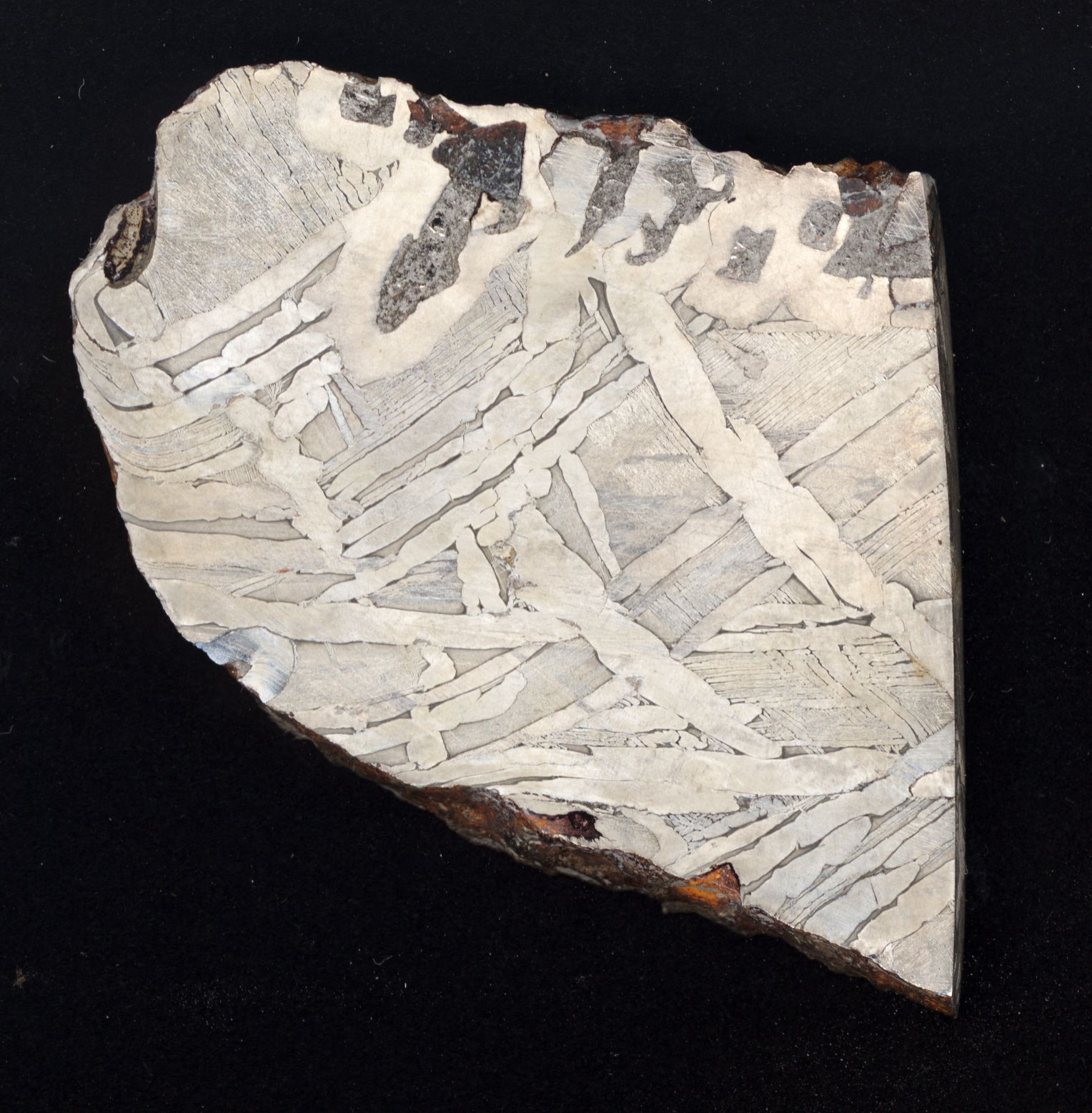
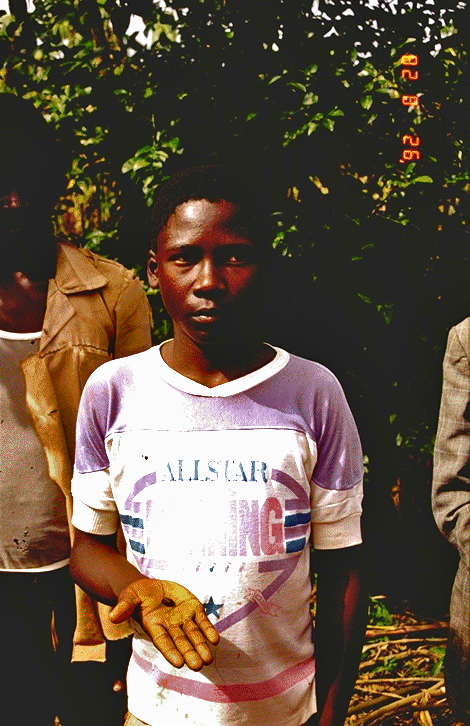
Throughout history there have been occasional accounts of people being struck and even killed by meteorites, although it is difficult to evaluate the validity of such accounts that may have occurred millennia ago. On November 30, 1954, a meteorite crashed through the roof of a house near Sylacauga, Alabama and struck a 34-year-old woman, Ann Elizabeth Hodges, while she was sleeping on a couch. (She suffered a large bruise on her side but was otherwise OK.) One fragment of the Nakhla meteorite -- a Martian achondrite, incidentally -- that fell over Egypt in June 1911 supposedly struck (and apparently killed) a dog, although there does not seem to be any corroborating evidence that supports this. Meanwhile, on August 14, 1992 a small (3 gram) fragment of a meteorite fall over Mbale, Uganda struck a boy in the head; he was uninjured in part because of the fact that the fall was cushioned by the leaves of a banana tree under which he was standing.
“Special Topics” archive
Ice and Stone 2020 home page
Earthrise Institute home page